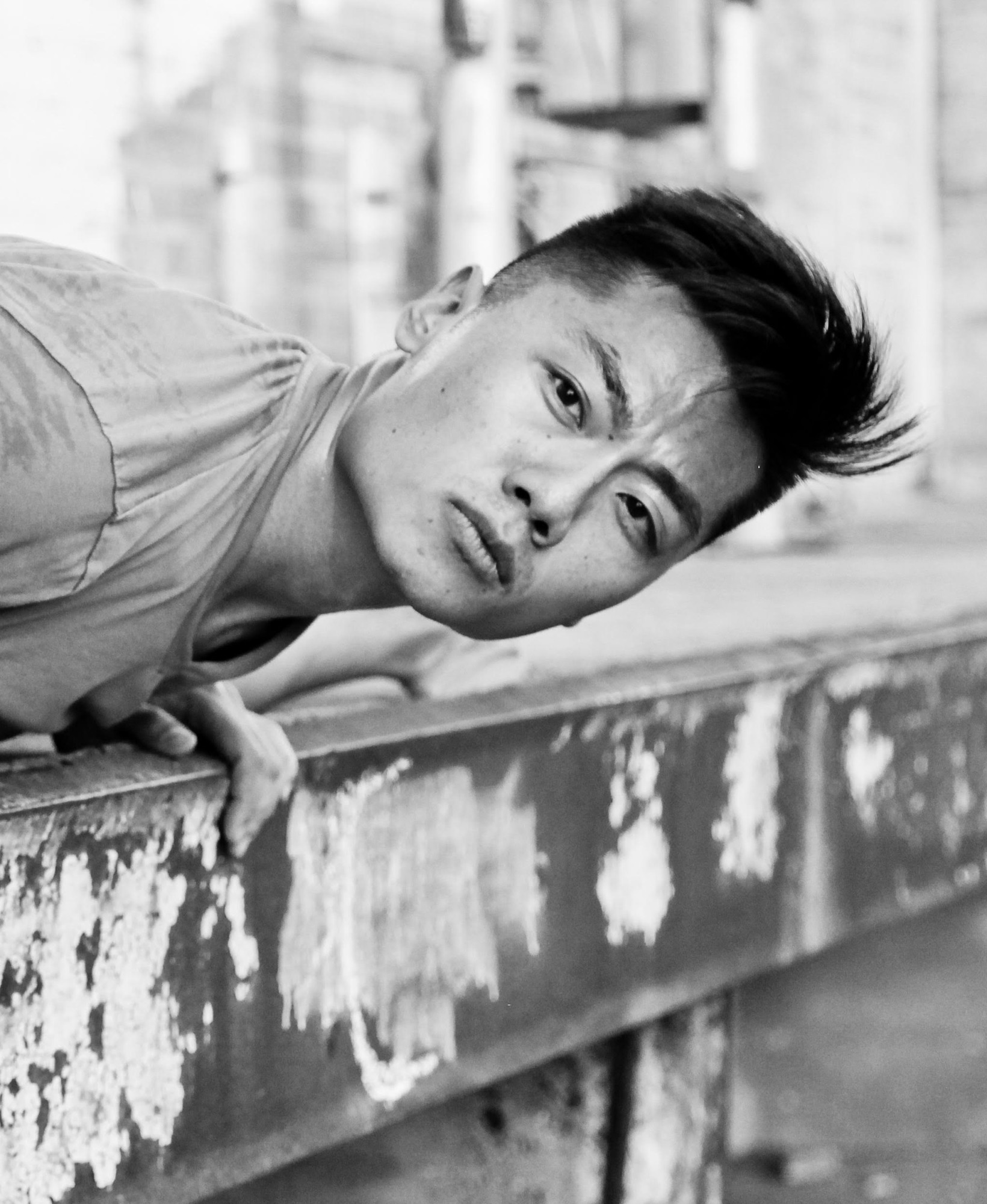From art to film to music to dance, Brown alumni are reimagining the possibilities of artistic expression and sharing the sources of their creativity.
When Ho-Shia Thao ’09 was a student at Brown, becoming a professional ballet dancer was the furthest thing from his mind. A human biology concentrator with a focus on medical anthropology, he was on track for a career in medicine.
“I was not a dancer by any means during my undergraduate years, but I was certainly inspired by the passion for the arts, the various dance troupes, and the community's celebration for open mindedness and self-expression,” he says.

It wasn’t until he was pursuing a medical degree in his hometown of Minneapolis that he decided to take beginner ballet classes at a local dance studio. What began as a hobby quickly grew into a newly discovered passion, leading him to receive additional training in New York City where he made his debut as a professional dancer in various ballet and theater productions.
Today as co-founder and artistic director of the Hudson Ballet Theatre, a youth ballet company in Westchester County, New York, Thao is using the transformative power of dance to elevate historically marginalized voices. This spring, he teamed up with contemporary ballet choreographers Marika Brussel and Richard Bermange for “Warp and Weft,” where Thao will be presenting a ballet with a modern twist on Shakespeare’s “Othello.” The production premiered in New York in April and will debut in London this June.
“We’ve flipped the storyline, set the ballet in a corporate law firm, and dove into Iago’s perspective as a queer female lawyer making her way through a rat race for power, promotions and prestige,” says Thao.
By inverting this classic narrative, Thao hopes to expand the roster of stories and experiences that can be expressed through dance—making the artform more inclusive.